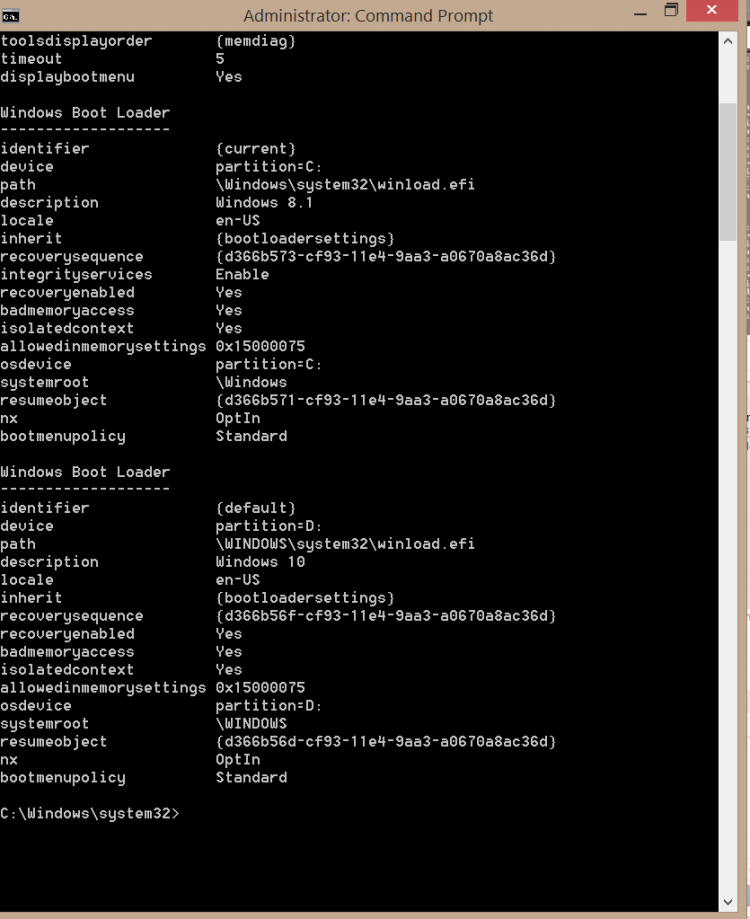


bcdedit - This Windows command-line tool can manage the EFI boot entries. Boot your computer from the Windows install image and press Shift + F10 on the language selection screen. It's probably the easiest way to manage the EFI boot manager list. Open the Run dialog box (WIN+R) or Command Prompt. On the other hand, what should be possible is to add another boot manager along with Windows', and register it within UEFI (in NVRAM storage) the steps are much the same as you wrote, just useīcdedit /create /d "LinuxLoader" list: such an entry would survive when some (ill-advised) tool would decide to restore the correct value and flatly erase the standard place with Microsoft's bootmgfw.efi. You can manage the EFI boot manager list in quite a few different ways, including: EasyUEFI - This is a third-party (but free for the basic version) Windows GUI tool. Another option for opening System Configuration is to use its command line command. You cannot use applications of type OSLOADER to boot Linux: this kind is for Windows loaders, such application are boot applications (not the same as EFI applications), they are signed by Microsoft exclusively and launched by Windows Boot Manager (see the first slides of this UEFI document for a good description of the process.)


 0 kommentar(er)
0 kommentar(er)
